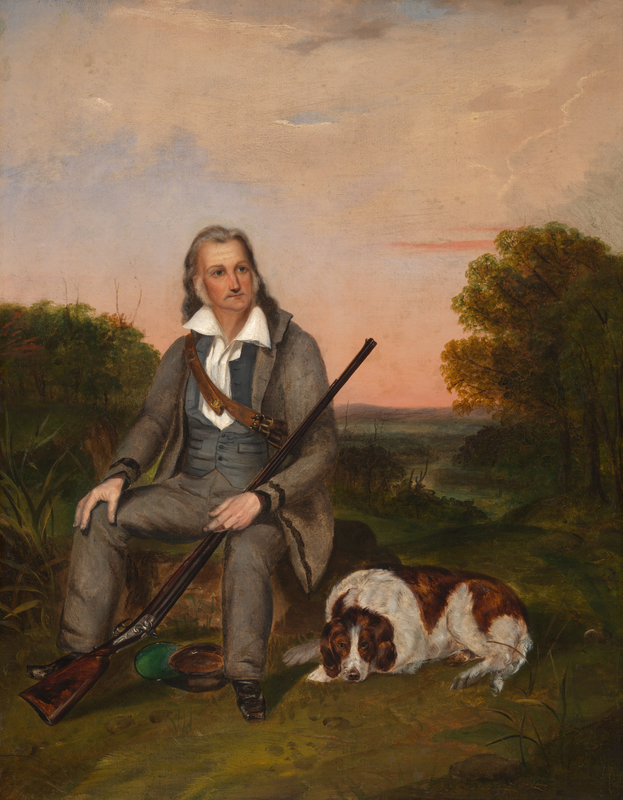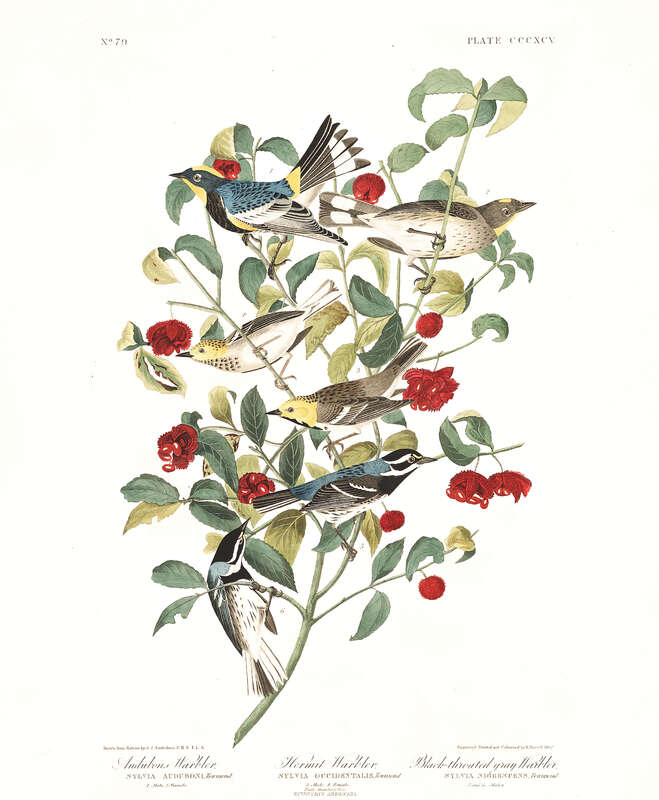John James Audubon
John James Audubon (1785-1851) was a French-American naturalist, ornithologist, and artist responsible for the creation of Birds of America, a complete pictorial record of every bird species found in North America. His work documenting North American birds earned him immortality in Western birding and ornithological communities.
Early Life
John James Audubon, born Jean Rabin in April, 1785, was a naturally born naturalist, demonstrating a deep interest in wildlife from a very young age. As a child, he spent much of his time studying the sky, observing large varieties of birds in Saint-Domingue, a French colony in modern-day Haiti. He was moved to France in 1791 where he was renamed Jean-Jacques Fougère Audubon. His passion for wildlife continued to grow, and he began showing an interest in illustrating birds by grade school. In 1803, he immigrated to the United States, changed his name to the anglicized John James, and began his legacy as an ornithologist.
Early Ornithological Career
In 1805, during a trip to France, Audubon met Charles-Marie D'Orbigny (1770-1856), a naturalist and physician who helped him create his particular taxidermy method which allowed him to arrange birds in natural-looking scenes by using wire to create motion-filled poses and decorating with nests, branches, greenery, and occasionally other animals. Upon returning to the United States, Audubon continued his research and founded a nature museum filled with taxidermy specimens and objects such as bird eggs. He did not begin the ornithological research that would become Birds of America until 1820, though he had been a practicing ornithologist for many years by then.
Lasting Legacy
Today, nearly two centuries after the original Double Elephant Folio was published, Audubon lives on in towns, birding societies, museums, and birds named in honor of his contributions to ornithology, natural history, and wildlife art. Many states and cities have named sites in his honor, including Audubon, Louisiana, Audubon, Pennsylvania, Audubon Park in Louisville, Kentucky, as well as various roads, neighborhoods, and schools nationwide. Additionally, there are a large number of bird sanctuaries and museums named after Audubon, including forty-one Audubon Centers that are connected to the National Audubon Society, the Audubon Museum in Kentucky, and the John James Audubon Center at Mill Grove in Pennsylvania.
Audubon is credited with discovering twenty-five new species and twelve new subspecies, a number quoted often when discussing his contributions that is difficult to prove true or false. Audubon’s Shearwater and Audubon’s Oriole still carry his name, and the Yellow-rumped Warbler and American Three-toed Woodpecker appear in Birds of America as Audubon’s Warbler and Audubon’s Woodpecker but have since been renamed or re-identified.

